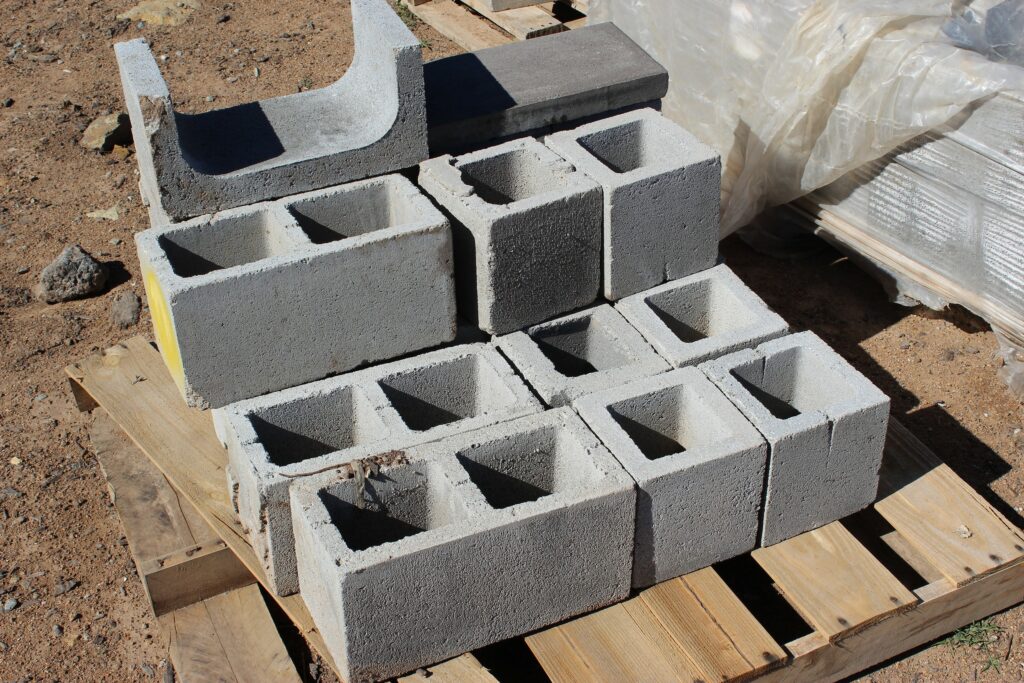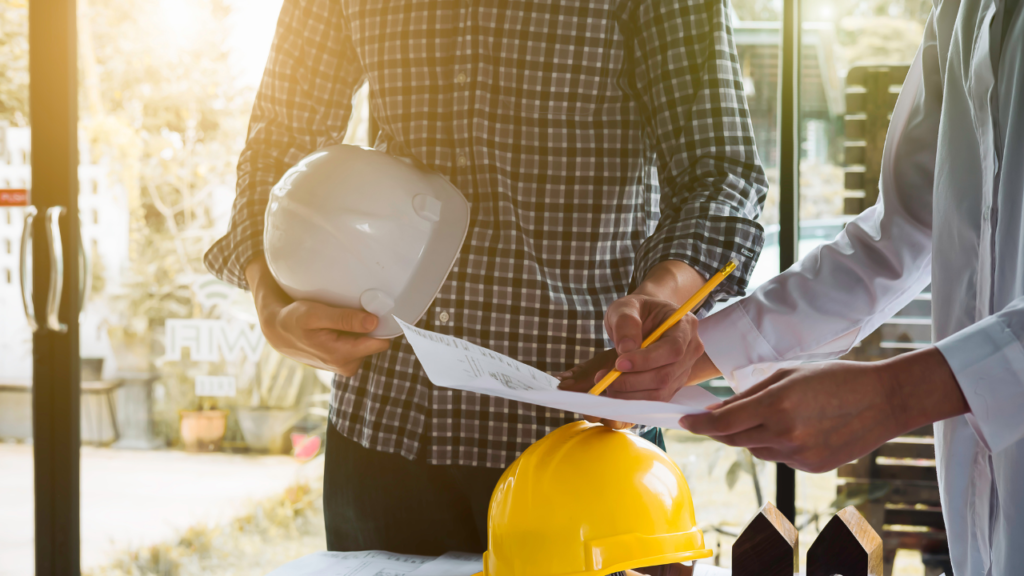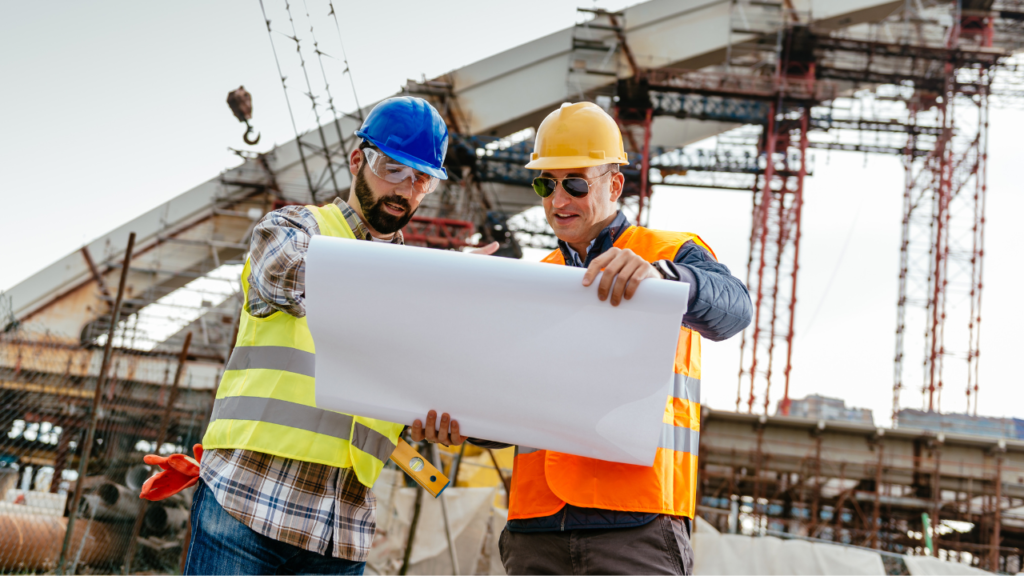Australia boasts a silent yet formidable protagonist in the vast panorama of architectural wonders. Pervasive in local construction, these blocks hold buildings together and the rich legacy of Australian architectural excellence.
The Evolution of a Construction Marvel
While the iconic block has its roots in the innovative designs of the Besser Company, its presence today is a testament to years of innovation. Characterized by distinctive hollow cores, they allow for reinforced steel and concrete insertion, offering unmatched strength and flexibility. More than mere building materials, they signify the architectural journey over time.
Sizes in Australia
In construction, dimensions are paramount. When dealing with these iconic blocks in Australia, precision is key:
- Full Block: 390mm length x 190mm height x 190mm width
- Half Block: 390mm length x 190mm height x 90mm width
While these are the standard measurements, the adaptability of the blocks continues. Custom sizes are frequently employed to cater to specific architectural needs, ensuring every project’s distinctive character remains untouched.
The Magic of Core-Filled Blockwork: Strength Redefined
Exploring core-filled blockwork reveals the secret behind the exceptional durability of such constructions. Filling the hollow cores with concrete and sometimes incorporating reinforcing steel metamorphoses the block into an unyielding stronghold. This technique becomes indispensable for edifices that must brave significant external pressures, like those used in retaining walls.
Retaining Walls: The Guardians of Boundaries
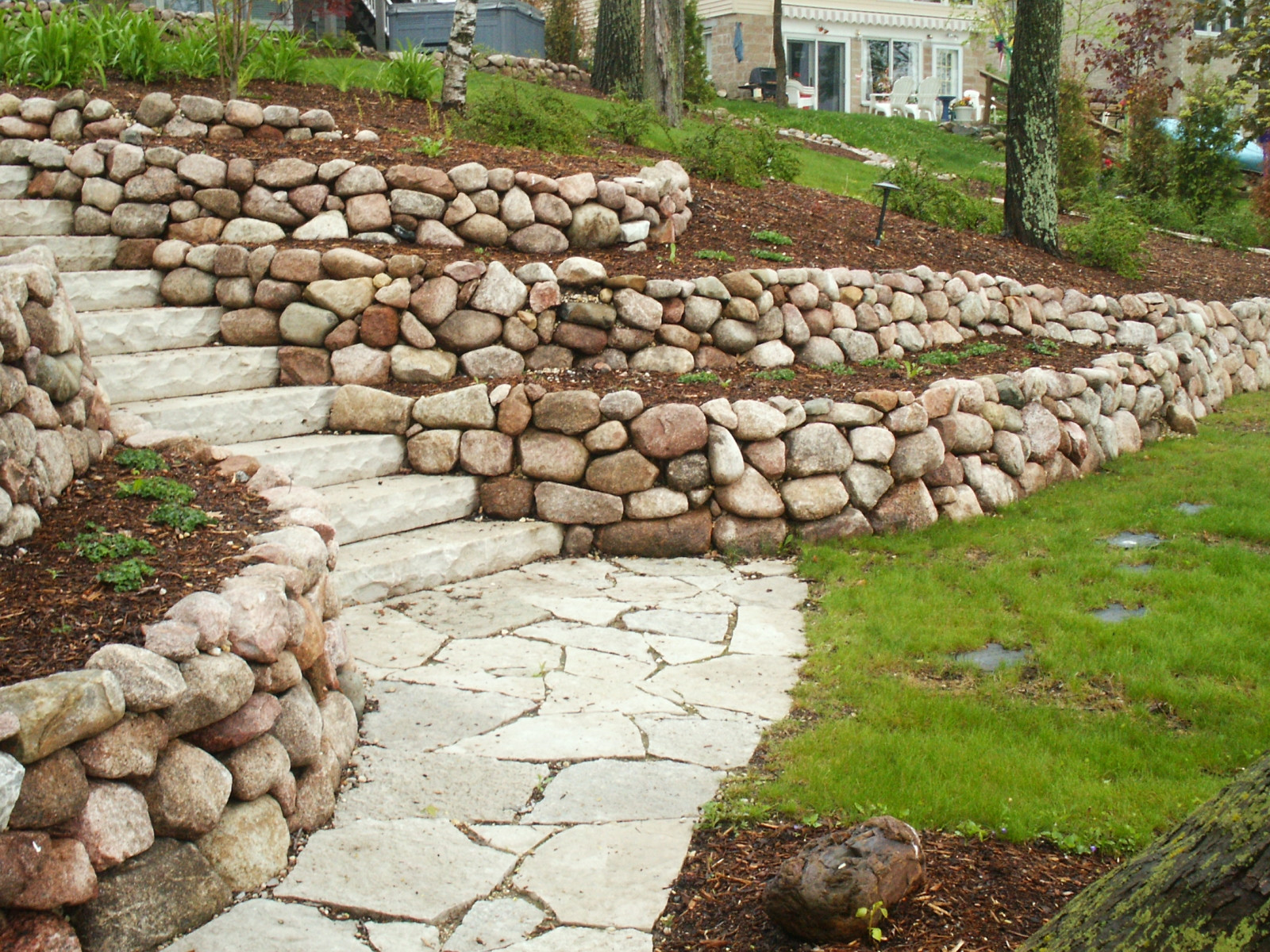
Embodying aesthetics and resilience, retaining walls from these iconic blocks showcase architectural brilliance. Tasked with resisting massive soil pressures and withstanding the test of nature, such walls go beyond mere demarcations; they serve as protective barriers, responding to nature’s call with steadfast determination.
Houses Built to Last
When it comes to building homes, these blocks stand out. Their inherent properties offer temperature regulation, ensuring homes remain warm in winter and cool in summer. Add to that their fire resistance, and you have homes that promise strength, comfort, and safety.
Global Concrete Constructions
Australia’s affinity for these blocks is well-known globally; many nations opt for concrete block walls. When fortified with steel reinforcements, these walls showcase remarkable strength, supporting significant loads.
Learn More: Structural Engineer in New Castle
A Closer Look: Unveiling the Block’s Intricacies
Taking a more technical route, these blocks present a universe of details beyond their surface. Adherence to rigorous production standards guarantees consistency and top-notch quality.
- Composition: Crafted primarily from a blend of Portland cement, aggregate (encompassing sand and fine gravel, and water, the precise proportions of these components influence the block’s density and robustness.
- Compressive Strength: These blocks exhibit diverse compressive strengths, ranging from 10MPa to 20MPa. Such variability makes them apt for a spectrum of projects, from domestic habitats to sprawling industrial infrastructures.
- Thermal Conductivity: With a natural aptitude for low thermal conductivity, these blocks play a pivotal role in moderating internal temperatures, mitigating the reliance on heavy-duty heating or cooling systems.
Enhanced Foundations: The Art of Core Filling
Mastering core-filled blockwork is not just about filling spaces; it’s about engineering structures to withstand the test of time and nature. This intricate process harnesses the collective strengths of concrete and steel reinforcements:
The Role of Concrete
- Pick Your Mix: The choice of concrete mix is essential. Diverse projects necessitate distinct grades, each tailored for specific durability and robustness criteria.
- From Hollow to Hardy: While these blocks are innately hollow, filling them with concrete transforms them into formidable units, drastically increasing their load-bearing potential.
- Added Fire Defense: Blocks filled with concrete showcase enhanced fire-resistant properties, bolstering the safety quotient of buildings.
The Power of Steel Bars (Rebars)
- Strategic Placement: The vertical orientation of rebars is a given, but their arrangement and distance from one another are of utmost importance. Such placements are carefully designed to distribute strength uniformly across the structure.
- Rebar Varieties: Project specifics dictate the type of rebar employed, ranging from epoxy-coated variants to stainless steel, each with advantages.
- Symbiotic Strength: When concrete envelops the rebars, it forms a formidable bond. Here, steel tackles tensile stresses while concrete stands up against compressive forces.
- Defending Lateral Pressures: Especially for structures like retaining walls that might encounter lateral forces (be it from soil, water, or wind), the reinforcing technique of core filling serves as their bulwark.
Applied Engineering: Structures globally leverage the reinforced core filling method when durability is non-negotiable. Whether subterranean chambers resisting earthly forces or skyscrapers bracing against gusty winds, the combination of concrete and steel underpins their enduring nature.
Learn More: Structural Engineer in Sydney
Structural Considerations: Load bearing vs non-load-bearing Walls
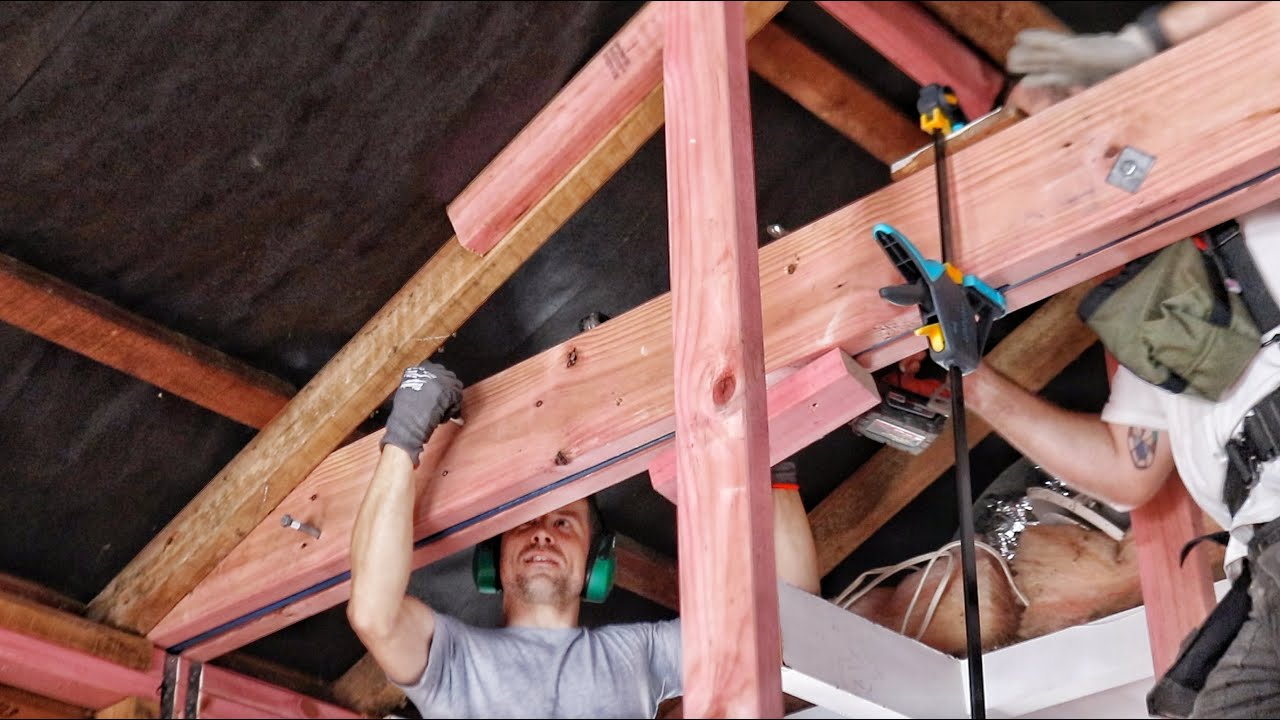
The design strategy varies based on the wall’s purpose:
| Load-bearing Walls | These are integral to a building’s structural integrity, bearing the load from the roof and upper floors. The thickness, reinforcement, and core-filled blockwork are critical. |
| Non-load-bearing Walls | While they don’t support loads, their design ensures they can handle wind loads and their weight. |
Compliance and Quality: The Regulatory Framework for Besser Blocks
Building Codes and Structural Standards
Adherence to local building codes is crucial for a wall constructed using this material to withstand both time and nature’s challenges. In Australia:
- The AS3700 – Masonry Structures standard supervises the construction with masonry units, ensuring safety and durability.
- Considerations encompass the positioning of wall ties, lintel spans, mortar variations, and control joints to cater to thermal and moisture movement.
Sustainability Measures: The Green Side of Masonry Units
These blocks are celebrated not just for their strength and longevity but also for their eco-friendliness, marking them as a top choice in sustainable construction:
- Recycled Materials: Embracing environmental conservation, many of today’s blocks integrate recycled materials in their composition. Rather than sourcing new stones or sand, these units incorporate components from dismantled structures or waste, contributing to waste reduction and conservation of our natural resources.
- Energy Efficiency: A notable attribute of these blocks is their thermal mass, allowing them to gradually absorb heat and release it. As a result, structures built using them often require minimal heating or cooling interventions, optimizing energy consumption. This energy conservation aligns them with prominent green building benchmarks, such as LEED (Leadership in Energy and Environmental Design) and Green Star, credentials awarded to environmentally conscious constructions.
- Reduced Carbon Emission: The production process of these blocks typically consumes less energy compared to some alternatives, translating to fewer carbon emissions during their creation.
- Long-lasting: Known for their enduring nature, structures built using these blocks can stand the test of time, resulting in infrequent renovations and a reduced need for fresh materials.
Besser Block Design Principles: Hydrostatic and Hydrodynamic Forces
For anyone venturing into the world of besser block retaining walls, it’s essential to understand the underlying forces at play. Two significant forces, hydrostatic and hydrodynamic, pose challenges, yet they can be effectively managed with the proper design considerations.
Hydrostatic Pressure
This pressure comes from fluid (usually water in the soil) that’s not moving. It’s like the weight of the water pushing against the wall because of gravity. Over time, this constant pressure can cause walls to crack, bulge, or even collapse if not appropriately designed.
Hydrodynamic Pressure
- Rainfall Factor: When it rains, water doesn’t just sit still. It moves, flowing down slopes and against structures. This moving water creates what we call hydrodynamic pressure.
- Sudden Increases: Unlike the steady push of hydrostatic pressure, hydrodynamic forces can suddenly increase after heavy rainfall or rapid snowmelt, demanding walls to withstand these unexpected thrusts.
Designing with these Forces in Mind:
Drainage
- Weep Holes: These are small openings made at the base of retaining walls to let trapped water escape, reducing the build-up of hydrostatic pressure.
- French Drains: Often, a gravel-filled trench, known as a French drain, is placed behind retaining walls. This facilitates water collection and directs it away from the wall.
- Waterproofing: A waterproof membrane on the wall’s backside can prevent water from seeping through the blocks.
Reinforcement
- Steel Bar Placement: Steel bars, or rebars, are strategically placed vertically and sometimes horizontally within the wall. Their placement pattern is crucial to distributing forces evenly.
- Core Filling: The hollow centers of besser blocks are filled with concrete, which, combined with rebars, form a robust grid system within the wall.
- Toe Extension: In some designs, an extended base or ‘toe’ is added in front of the wall, providing additional resistance against pressure.
Checkout: Structural Engineer in Melbourne
Seismic Considerations in Besser Block Construction
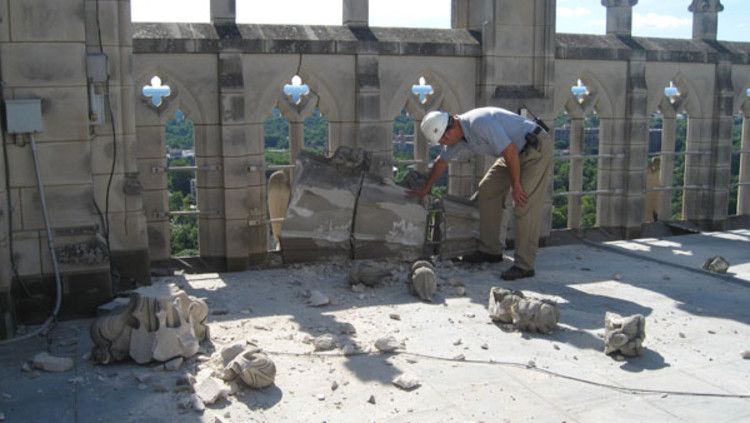
Regions prone to seismic activity necessitate designs that can absorb and dissipate the energy from ground movements:
| Interlocking Design
Employing configurations that interlock blocks, enhancing wall stability during lateral movements. |
Flexible Jointing Using mortar mixes that can absorb minor shifts without cracking, ensuring the structure’s integrity remains intact. | Seismic Bands Horizontal reinforcements are placed at specified intervals to tie the structure together, preventing separation during earthquakes. |
Thermal Properties & Energy Efficiency
Besser blocks are not just for building solid walls; they also help make homes and buildings energy-efficient. This is especially important in today’s world, where energy-saving and reducing costs are significant concerns.
Passive Solar Building Design: Besser blocks are essential to passive solar building designs. This means they help buildings use the sun’s energy to stay warm in winter and cool in summer without needing many heaters or air conditioners.
Thermal Mass
- Natural Temperature Control: Besser blocks act like a natural temperature controller. They can soak up heat when it’s hot and then slowly let that heat out when it gets cold. This means inside spaces can stay more comfortable without always needing to adjust thermostats.
- Cost Savings: This feature can save money on energy bills over time because less heating or cooling is required.
Insulative Mortar:
- What is it? When we talk about mortar, it’s the stuff that holds the blocks together. Today, particular kinds of mortar also help keep the heat in or out, like blocks.
- Enhancing R-value: The term ‘R-value’ tells us how good a material is at stopping heat from passing through. A higher R-value means better insulation. Using insulating mortar improves the overall R-value of the wall, meaning even better temperature control inside.
Acoustic Performance of Besser Blocks
In an age where urban noise is a concern, besser blocks offer superior acoustic insulation:
- Density & Sound: The denser the material, the better its sound insulation. These specific blocks, especially when core-filled, present a formidable barrier to sound waves.
- Acoustic Mortars: Specialized mortar mixes enhance sound dampening, making blocks ideal for walls between apartments or in noisy urban locales.
Our Tailored Approach: Customized Besser Block Solutions
At the heart of our ethos lies a commitment to meeting each project’s unique needs. While the Besser block forms the backbone of our offerings, we’ve pioneered custom solutions to ensure your vision transforms into reality.
- Bespoke Block Sizes: Beyond the standard sizes in Australia, our manufacturing facilities are equipped to produce blocks tailored to specific project requirements, ensuring a perfect fit and optimal structural integrity.
- Custom Finishes: Whether you’re seeking a rustic look, a sleek modern finish, or unique textural patterns, our team is adept at crafting Besser bricks and blocks that not only perform exceptionally but also resonate with aesthetic aspirations.
- Reinforcement Innovations: Recognizing the diverse challenges posed by different terrains and environmental factors, our core-filled blockwork techniques are adapted to suit specific site conditions, whether coastal regions with saline exposure or earthquake-prone zones requiring enhanced seismic resilience.
- Sustainable Solutions: As advocates of green construction, we provide Besser block solutions incorporating recycled materials or designed for energy efficiency, ensuring your structure is eco-friendly.
- Acoustic & Thermal Customizations: Our blocks are engineered with materials and techniques to meet these exacting standards for projects where sound insulation or specific thermal properties are paramount.
With us, it’s not just about building; it’s about crafting structures that echo your vision down to the last block!
Expert Consultations & Collaborations
Our team of structural engineers is always ready to collaborate. From the drawing board to the construction site, we offer our expertise:
- Site Analysis: Before any block is laid, our team conducts comprehensive site analyses to understand the nuances of the terrain, ensuring the proposed solutions are optimal.
- Design Workshops: We believe in co-creating. Join our design sessions, where we brainstorm, ideate, and refine the blueprint of your construction dream.
- Technical Training: We offer hands-on training sessions if your team wishes to understand the intricacies of working with Besser blocks or the latest advancements we’re pioneering.
Aftercare & Technical Support
Our relationship doesn’t end once the last block is set. We’re here for the long haul:
- Maintenance Tips: Gain insights into preserving the beauty and integrity of your Besser block structures with our curated maintenance guides.
- On-site Inspections: Should you ever have concerns or wish for a routine check-up, our team is always ready for on-site inspections, ensuring everything remains in prime condition.
- 24/7 Technical Support: Questions? Challenges? Ideas? Our technical helpline ensures you always have an expert to consult at any hour of the day.
Conclusion
Besser blocks are special bricks used in buildings. They are strong and help make buildings that are safe and good for our planet. These blocks are made carefully and can handle many challenges, like rain and wind. Plus, they can help homes stay warm in winter and cool in summer. So, when we use these blocks, we make solid buildings and help our environment. For more insights and expertise on building materials and structural solutions, visit our website at Structure Consultancy. They are a smart choice for the future.

